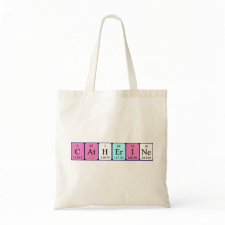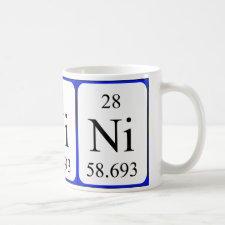
Authors: Lenoble V, Laatikainen K, Garnier C, Angeletti B, Coulomb B, Sainio T, Branger C
Article Title: Nickel retention by an ion-imprinted polymer: Wide-range selectivity study and modelling of the binding structures.
Publication date: 2016
Journal: Chemical Engineering Journal
Volume: 304
Page numbers: 20-28.
DOI: 10.1016/j.cej.2016.06.062
Alternative URL: http://www.sciencedirect.com/science/article/pii/S1385894716308695
Abstract: In this work, a new nickel-selective imprinted polymer was synthesized, using a 1:3 complex of nickel: ([Ni(Vbamp)3](ClO4)2), Vbamp being N-(4-vinylbenzyl)-2-(aminomethyl)pyridine. The ion-imprinted polymer and its corresponding non-imprinted polymer were tested for their nickel retention capacity over a wide range of concentration at pH 4.0 and 7.0. Their selectivity was also checked with various Ni/Co and Ni/Zn ratios at pH 4.0 and 7.0. It was shown that even in strongly disfavoring conditions (high excess of competitor), the IIP's selectivity remained performing. This original broad retention study allowed the determination of the variations of the selectivity factors according to the increasing presence of competitors, a clearly innovative approach. The efficiency of the polymers in natural samples from Saimaa Lake (Lappeenranta, Finland) and Mediterranean Sea (Toulon, France) was also assessed. Finally, the whole dataset was simultaneously modelled using a software usually dedicated to the determination of natural ligand's binding properties. The modelling using different kinds of binding sites (1:1, 1:2 and 1:3) allowed the precise determination of the synthesized polymers' structure and binding ability
Template and target information: nickel ion, Ni(II)
Author keywords: ion imprinted polymer, nickel, Modelling, cobalt, zinc



Join the Society for Molecular Imprinting

New items RSS feed
Sign-up for e-mail updates:
Choose between receiving an occasional newsletter or more frequent e-mail alerts.
Click here to go to the sign-up page.
Is your name elemental or peptidic? Enter your name and find out by clicking either of the buttons below!
Other products you may like:
 MIPdatabase
MIPdatabase









